Faulkner, Revisited
Exhaustive exhibit at UVA shows the full life of the Southern author
William Faulkner served as UVA’s first writer-in-residence from 1957 to 1959 and then as a lecturer in American literature from 1960 until his death in 1962. He bequeathed the majority of his papers to the University’s library, creating the largest Faulkner archive in the world. To mark the 60th anniversary of Faulkner’s arrival on Grounds, UVA Special Collections curator Molly Schwartzburg created the library’s current exhibit, “Faulkner: Life and Works,” arranging manuscripts and artifacts into 13 sections that show the various aspects of Faulkner’s life, from “Schoolboy” to “Screenwriter” to, after winning the Nobel Prize in 1950, “Literary Diplomat.” The exhibit, housed in the main gallery of UVA’s Harrison Institute and Small Special Collections Library, runs through July 7. For those who can’t make it to Grounds, here’s a look at some notable items on display.

This receipt for a slave sold by Faulkner’s great-grandfather, William Clark Falkner [William Faulkner changed the spelling of his surname] is meant to represent the effects that the history of slavery had on Faulkner’s work. “This item gives a tangible reality to the historical background and the personal background upon which Faulkner built his writing,” Schwartzburg says. “He’s so concerned with issues of race relations in the South and this artifact literalizes the past that he inherited.” Courtesy of the UVA Library Digital Production Group

Faulkner’s 7th-grade report card shows excellent grades in English, but a general inattentiveness to his courses. Schwartzburg explains that Faulkner’s teachers seemed to think he was underperforming: “For their recitations, if you look at attitude toward school work and conduct, ‘Capable of doing much better’ is checked off for most of the year.” Courtesy of the UVA Library Digital Production Group

“This is his University-issued typewriter, just like how today we get University-issued staff computers,” Schwartzburg says, explaining that Faulkner had multiple typewriters on which to work. In addition to correspondence, Faulkner wrote part of his novel The Mansion on this typewriter. Sanjay Suchak
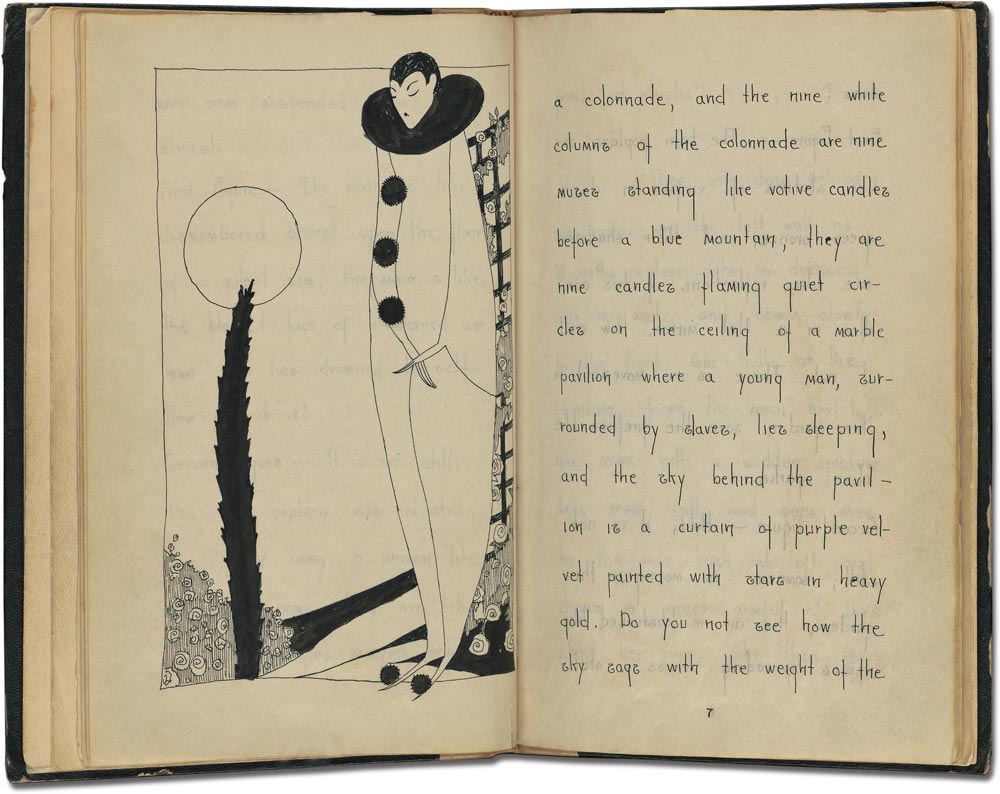
The Marionettes was a play that Faulkner wrote as a student at Ole Miss. Although it was never performed, Faulkner created six unique copies by hand, including the one pictured. Faulkner was interested in art as well as writing; he illustrated each copy in exactly the same way. Courtesy of the UVA Library Digital Production Group
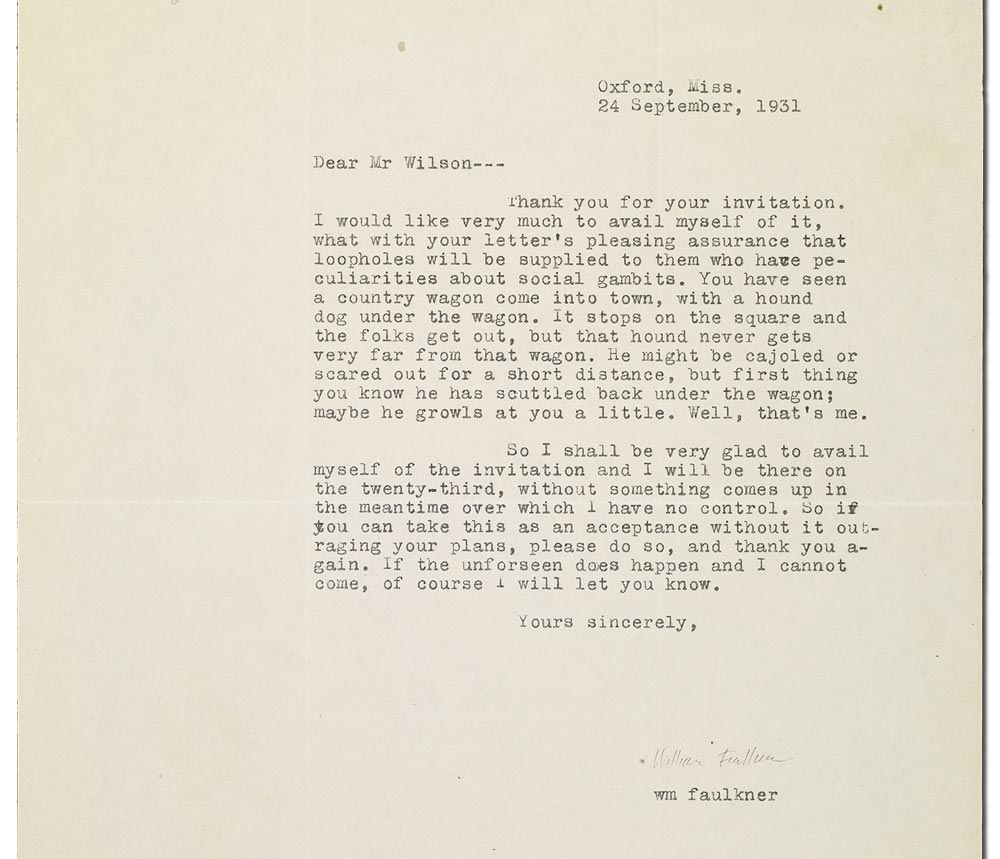
This letter shows Faulkner’s social anxieties; he compares himself to an ill-tempered dog. Schwartzburg acknowledges these tendencies, saying he “went to some events, drank too much, said inappropriate things, skipped others and left early.” Courtesy of the UVA Library Digital Production Group
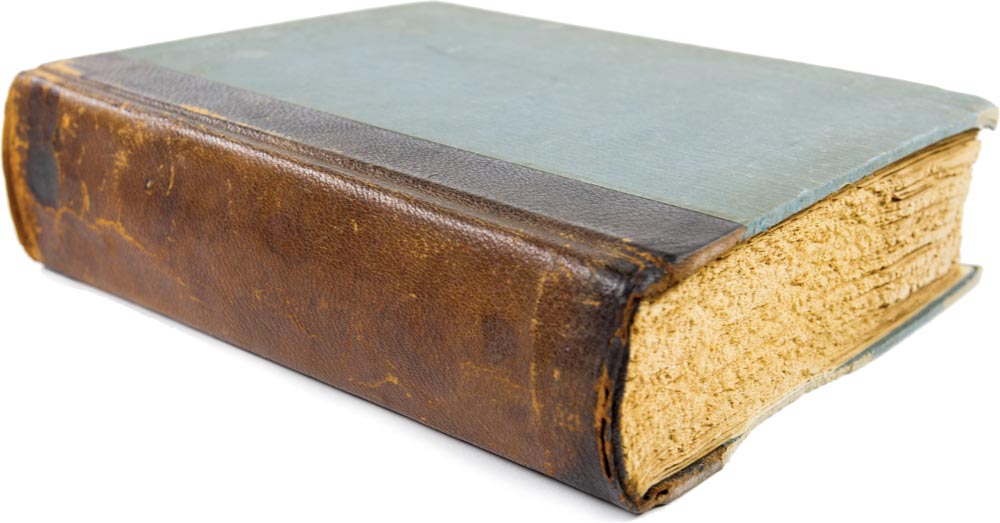
James Joyce was one of Faulkner’s inspirations, and “apparently in Paris, he would go to the café that Joyce used to go to and wait for him to show up so he could just see James Joyce,” Schwartzburg says. Sanjay Suchak

The text in the handwritten manuscript of one of Faulkner’s most famous—and shortest— chapters reads, “My mother is a fish,” related by Vardaman Bundren. Faulkner frequently made the left margins of his manuscripts wide in order to write in comments or edits. Courtesy of the UVA Library Digital Production Group
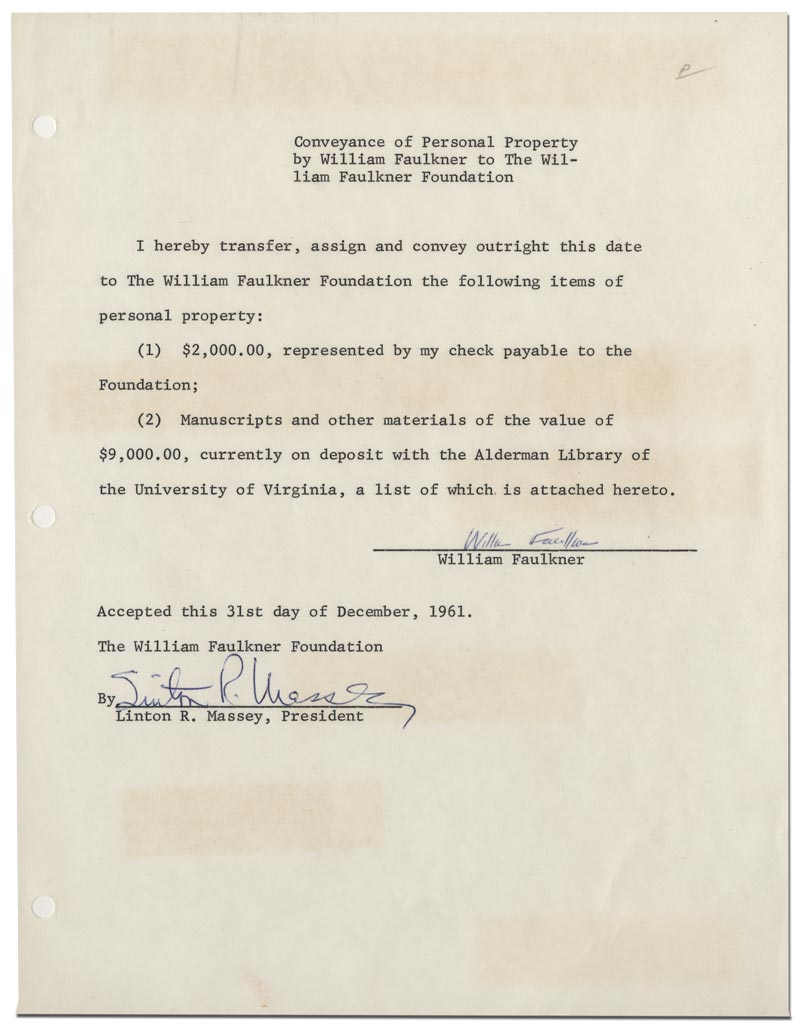
After receiving the Nobel Prize for Literature in 1950, Faulkner used his winnings for various charitable projects. Included in these was the William Faulkner Foundation, which he created during his residency at UVA. “This represents the moment in which Faulkner’s relationship to UVA became permanent in a very special way,” Schwartzburg says, pointing out that his papers could easily have been left to Ole Miss instead. Courtesy of the UVA Library Digital Production Group
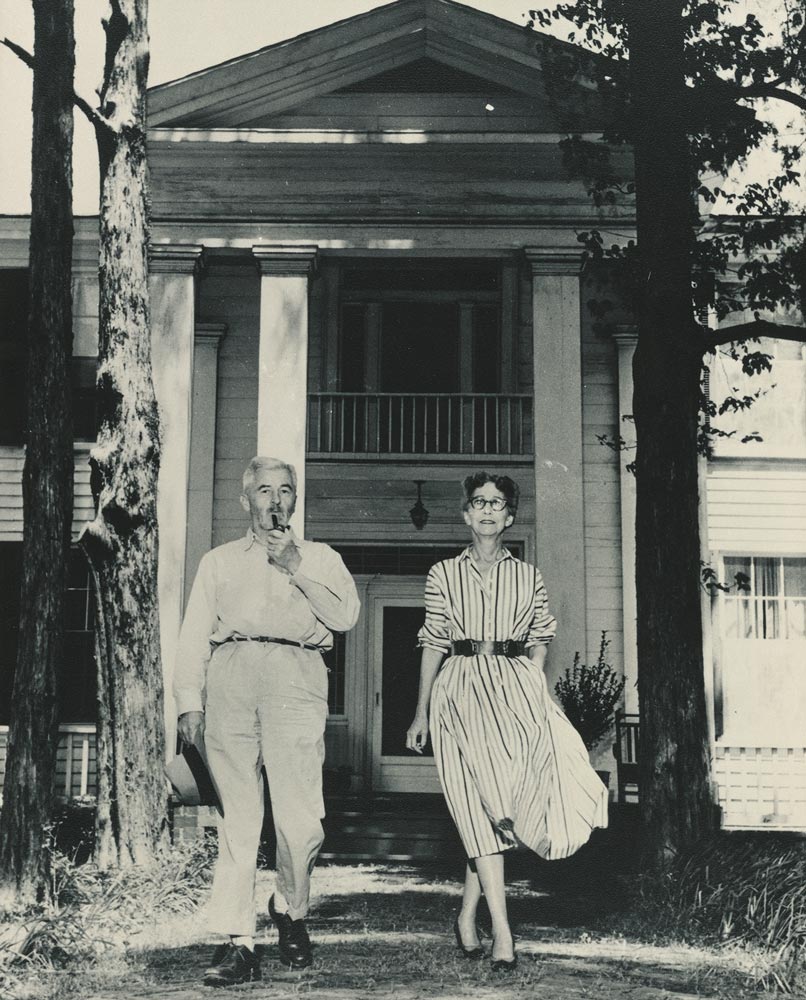
This photograph shows Faulkner with his wife outside of their home, Rowan Oak, in Oxford, Mississippi. Schwartzburg says that, while he loved the home he purchased in 1930, “it was also one of the things that caused him to be constantly in a state of financial instability.” Courtesy of the UVA Library Digital Production Group
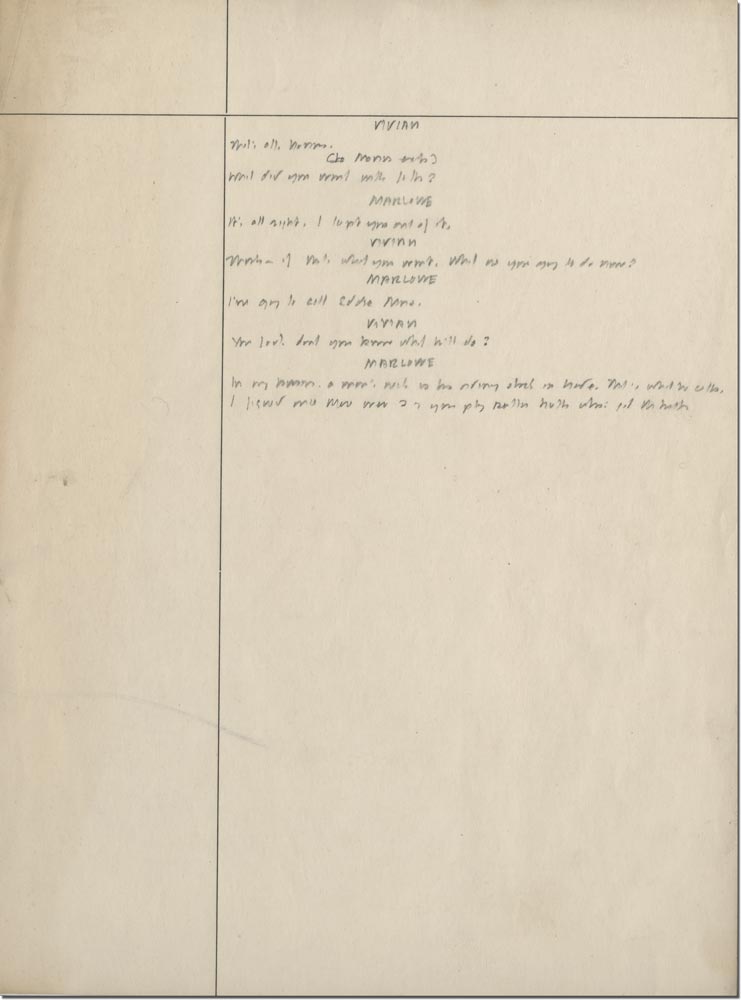
The Big Sleep is one of Faulkner’s two most famous screenwriting credits, along with To Have and Have Not. “He couldn’t always just write what he wanted to write,” Schwartzburg explains. “He had to do the screenwriting work and push to get as many stories published in magazines as he could.” Courtesy of the UVA Library Digital Production Group
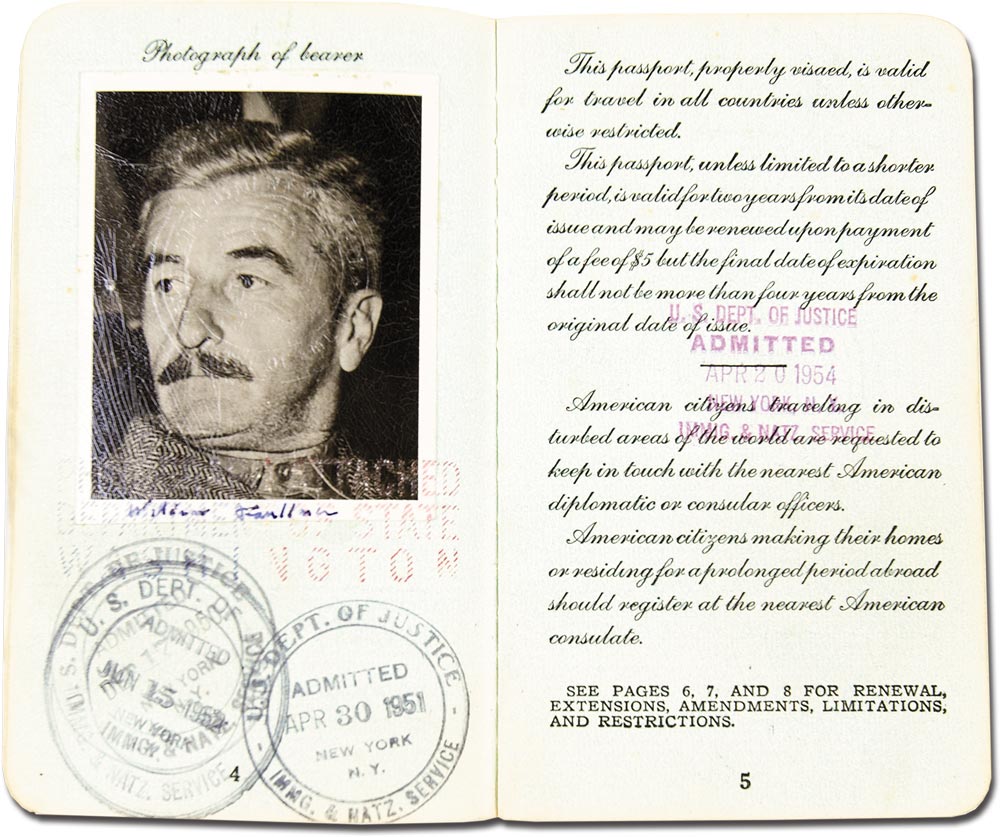
At the request of the State Department, Faulkner traveled and delivered lectures extensively during the last decade of his life, despite his distaste for public speaking. “Faulkner was part of a broad effort in the 1950s by the U.S. government to involve American writers, artists and intellectuals in fighting the Cold War by bringing the values of democracy to foreign nations,” Schwartzburg says. Sanjay Suchak
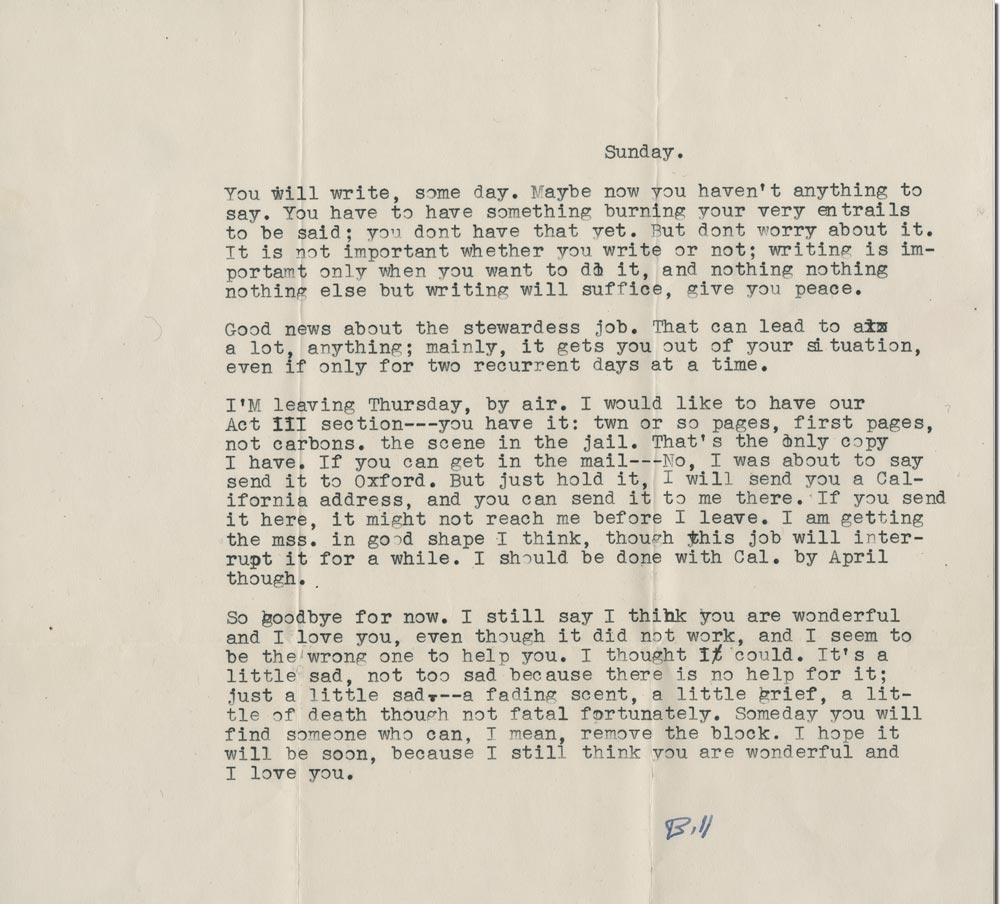
Writer Joan Williams was one of several women with whom Faulkner had an affair. While the relationship was romantic, Faulkner also served as a writing mentor for Williams; the two exchanged hundreds of letters over the course of their affair, from 1949 to 1953. Courtesy of the UVA Library Digital Production Group
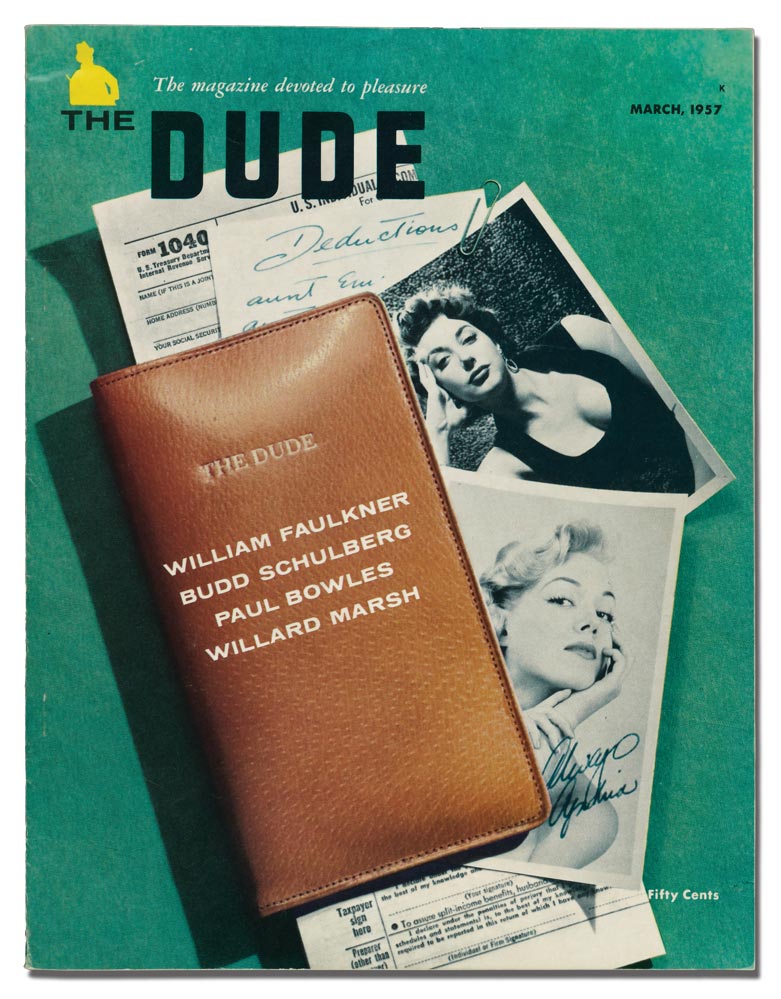
Faulkner wrote for a variety of magazines to make a living and was published in The Dude, “the magazine devoted to pleasure,” in March 1957, one month after he came to UVA. “Faulkner is such a serious writer and his first editions have very serious and elegant dust jackets so it’s kind of nice to see some of the other contexts in which his works appear,” Schwartzburg says. Courtesy of the UVA Library Digital Production Group
